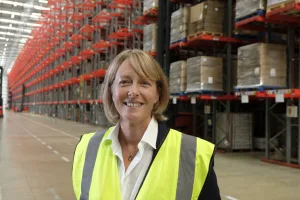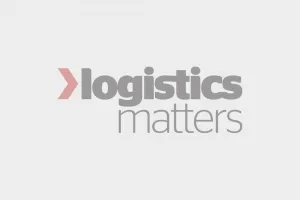Vaccine supply chain challenge
DHL and McKinsey’s recent Delivering Pandemic Resilience white paper on the challenges of supplying a Covid-19 vaccine worldwide, brought home a shocking, if not surprising, point.
With the pressure on to quickly produce a vaccine, the development process is being accelerated in a bid to create a viable vaccine as quickly as possible. This is understandable, and the Report suggests a vaccine could be available as early as this year.
The less encouraging news is that the trade off to this fast development, in one scenario, is lack of stability. The resulting vaccine may be based on a ‘platform’ that requires very low temperatures to be viable. This would mean a robust cold chain infrastructure is needed to store, handle and transport the vaccine effectively. This isn’t easy in the developed world, but it can be done. In much of the developing world, it is impossible.
In the white paper, DHL asks what special measures could be brought in to make it work? Perhaps drones could be used to quickly transport vaccines from cold chain hubs to remote areas, but the real challenge would be big cities in the third world. The only real solution is to develop the infrastructure and that obviously takes a lot of time.
The upshot is that while the developed world may roll out a vaccine in 2021 and be largely rid of this, the developing world may be living with it for years to come as a more stable vaccine is developed.
It would be a massive undertaking, but perhaps more should be done to build cold chain infrastructure in the developing world? Even if it arrives too late to help with Covid-19, it will assist with other health related problems, as well as providing infrastructure to store perishable food, helping exporters and creating insurance against future food shortages.
Very low interest rates mean money is practically free to borrow at the moment, and long term bonds could be issued to tackle this that would place little pressure on the creditor or debtor.
The next question then is who would be motivated to do it? Perhaps China. After all, China has, over the last 20 years, invested vast sums in Africa alone, much of it on beefing up infrastructure. You can read about the Delivering Pandemic Resilience white paper here.






